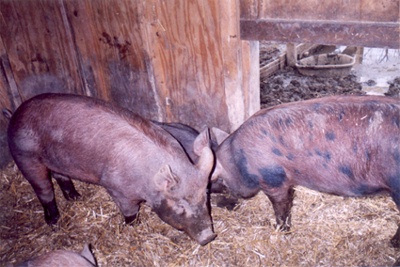All Nonfiction
- Bullying
- Books
- Academic
- Author Interviews
- Celebrity interviews
- College Articles
- College Essays
- Educator of the Year
- Heroes
- Interviews
- Memoir
- Personal Experience
- Sports
- Travel & Culture
All Opinions
- Bullying
- Current Events / Politics
- Discrimination
- Drugs / Alcohol / Smoking
- Entertainment / Celebrities
- Environment
- Love / Relationships
- Movies / Music / TV
- Pop Culture / Trends
- School / College
- Social Issues / Civics
- Spirituality / Religion
- Sports / Hobbies
All Hot Topics
- Bullying
- Community Service
- Environment
- Health
- Letters to the Editor
- Pride & Prejudice
- What Matters
- Back
Summer Guide
- Program Links
- Program Reviews
- Back
College Guide
- College Links
- College Reviews
- College Essays
- College Articles
- Back
Science Behind Jello
Today, I was at a party. We were being served a marvelous Jell-O dessert. We all swarmed around the server, eager to get our hands around one of those scrumptious looking cups. I turned back, elated that I got one that did not look deformed from the jostling of people, when I saw someone still at her seat.
I assumed she was a recluse, but she did not consume it due to religious beliefs. I am fairly certain that she would not eat the marshmallows as well. The similarity between the two is that they both contain gelatin. Technically, they are also both considered desserts, they are sweet, they are foods, etc., but, in this case, the fact that they contain gelatin is important.
I have always been told that gelatin is made of "pig", which is why certain people do not consume it. However, I have never been given any specifics. Which part of the pig? Why isn't it considered meat? Why does it have a sweet taste?
That's why I decided to look up gelatin. According to my search, gelatin is a clear, flavorless food derive from collagen in animal by-products. It is also an irreversibly hydrolyzed form of collagen. This means that it is artificially flavored and colored. Also, animal by-products could mean perspiration, excretion, snot, anything. And what exactly is collagen? I decided to do another search.
Collagen is the main protein in the space between connective tissue in animal bodies. It is also mostly found in fibrous tissues in tendons, ligaments and skin. To clarify, as the name suggests, connective tissue is the tissue that connects other tissues or organs together.
This clears the question at hand, though marginally. Gelatin contains animal tissue. But what specifically about pigs? According to this website, gelatin generally comes from pigs and cows. Also, animal bones and horse hooves are in marshmallows.
Learning so much about gelatin and collagen gave me shivers on how our food is created, and I will definitely be more observant and knowledgeable in the future.

Similar Articles
JOIN THE DISCUSSION
This article has 0 comments.
